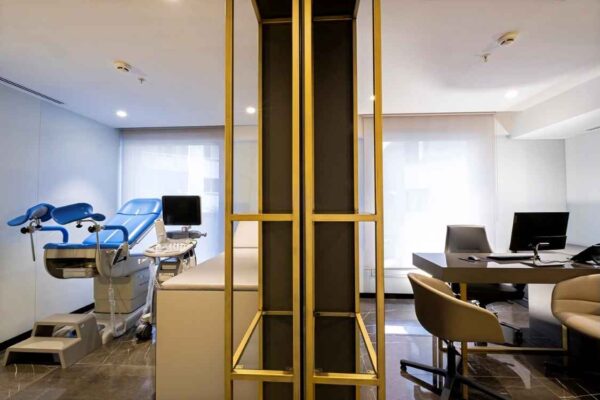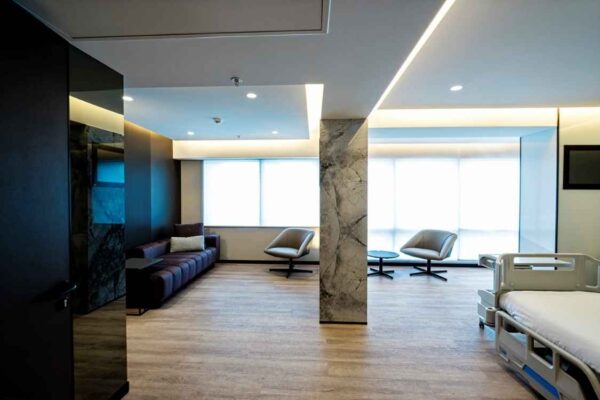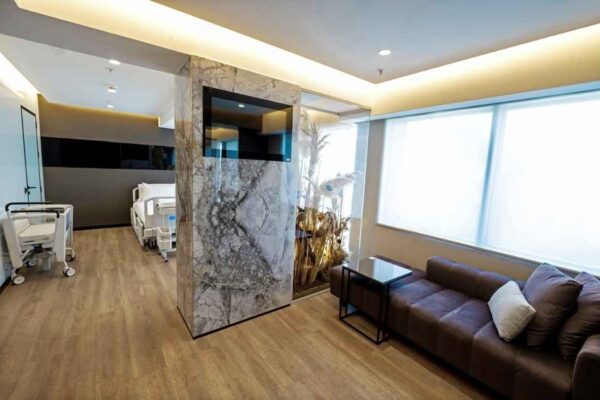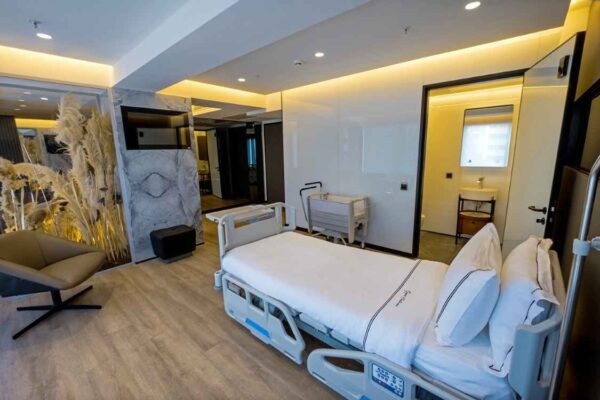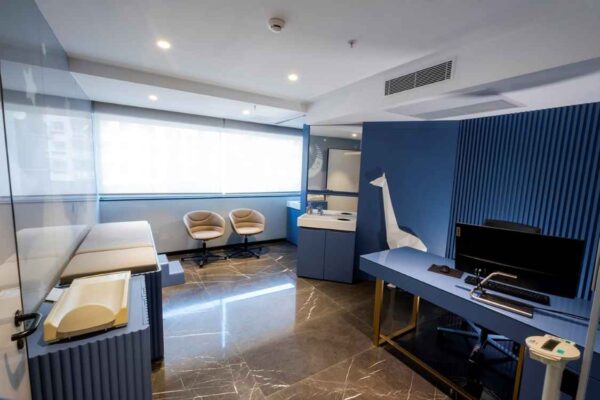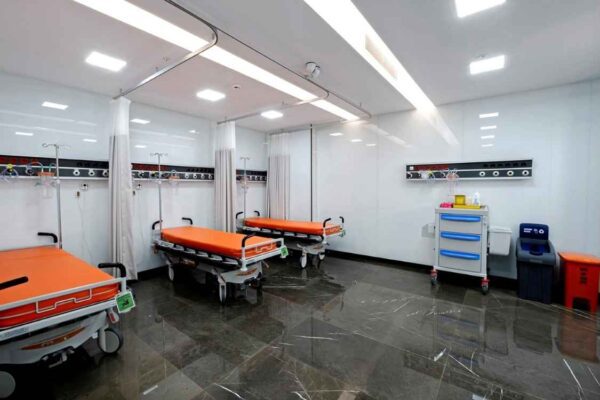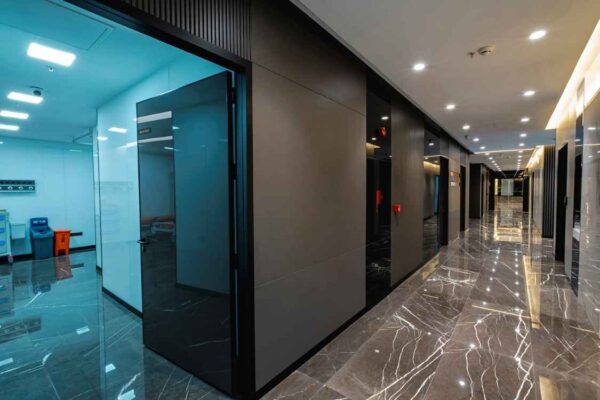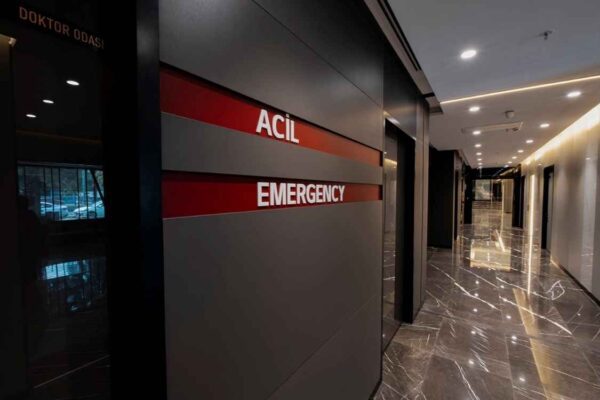Arthroscopic closed ankle surgeries are known as examining the inside of the ankle joint with long telescopic cameras called arthroscopes. Arthroscopic ankle surgery, which is generally performed after regional anesthesia is applied, should be performed in a sterile environment in the operating room. The surgical method is performed by numbing both legs with the help of a needle inserted from the waist with regional anesthesia.
What is Arthroscopic Ankle Surgery?
Arthroscopic ankle surgery is evaluated in the field of orthopedics and traumatology. Arthroscopic ankle surgery, which is a closed surgical application method, is especially used in the diagnosis and treatment of joint-related diseases.
It is possible to say that arthroscopic ankle surgery, which is applied with closed surgery method today, was previously applied as open surgery. It is known that the method applied in the past had longer processes both in terms of recovery and considering the duration of surgery.
Arthroscopic Ankle Surgery Practicing
With the methods applied today, the postoperative process is easier and faster. During the application, an optical camera with an imaging mechanism at the end is used.
Depending on the procedures to be performed, it may be possible to add some medical materials to the arthroscope tip. With the imaging techniques used, it is possible for doctors to diagnose and start the treatment process.
Why is arthroscopic ankle surgery performed?
It is known that arthroscopic ankle surgery can be performed for various reasons. Ankle ankle arthroscopy is performed more easily than open surgical interventions. In open surgical intervention applications, it can be stated that the healing rate is also lower due to the larger size of the injured area. In ankle arthroscopy applications, it is known that the risk of infection in patients after surgery is also very low.
Calcifications that can be seen in the ankle, osteochondral problems, anterior ankle compression, infected and inflamed conditions, unstable ankle, ankle compression, some fractures, repair of damage to the lateral ligament are among the conditions that require arthroscopic ankle surgeries.
How is Arthroscopic Ankle Surgery Performed?
In order to perform arthroscopic ankle surgery, incisions are made large enough for the necessary materials that will provide the treatment to enter and the treatment is started. In general, 2 incisions are opened to be shorter than one centimeter.
In order to visualize the ankle joint and surrounding area more clearly and to provide the movements of the device more easily, it is desired to expand the area slightly by using pressurized sterile fluids. At the same time, it can be said that it is also preferable to pull the joint.
It is also possible to say that local anesthesia, subcutaneous anesthesia and general anesthesia can be applied during ankle arthroscopy. After the diagnosis and diagnostic procedures are completed after the applied method, the incisions are sutured and the procedure is terminated.
Recovery Process After Ankle Arthroscopic
One of the most curious questions asked by patients after ankle arthroscopy is how long the healing process will take. Although the healing process varies according to the patient’s condition after the procedure, it is generally possible to discharge the patient on the same day or the next day.
After the surgery, the ankle should not be loaded too much. Resting regularly, but doing the exercises given during rest without interruption is very beneficial for the healing process.
It is quite normal to have pain in the leg in the first periods. In case of pain, it is also recommended to keep the leg elevated and apply ice compresses after surgery. Dressing is recommended for the wounds in the operated area. Avoiding a high-powered weight on the leg will speed up the healing process.
FAQs
The payment plan options for arthroscopic (closed) ankle surgeries in Turkey typically include credit card payments, bank transfers, and cash payments. Patients can choose the method that suits them best, ensuring convenient and secure transactions. It’s advisable to consult with the specific healthcare provider or hospital to confirm the available payment options and their terms.
No, Arthroscopic (closed) ankle surgeries may not always be covered by insurance. Coverage varies depending on the specific insurance plan and its policies. It is advisable to consult with your insurance provider to determine if the procedure is covered and to understand any potential out-of-pocket expenses.
Arthroscopic ankle surgeries are generally cheaper in Turkey due to several factors. Turkey has a lower cost of living and lower healthcare costs compared to many other countries. Additionally, the competitive market and high volume of medical tourism in Turkey contribute to lower prices, making it an affordable option for such procedures.
No, financing for arthroscopic (closed) ankle surgeries is typically not available. Medical procedures such as surgeries are generally not covered by traditional financing options, as they fall under the domain of health insurance or out-of-pocket expenses. It is advisable to consult with your healthcare provider for specific information on payment options.
In Turkey, there is generally no specific age limit for arthroscopic (closed) ankle surgery. The eligibility for surgery is determined on a case-by-case basis by the surgeon, considering factors such as the patient’s overall health, medical history, and the specific condition requiring treatment. It is best to consult with a qualified orthopedic surgeon for personalized advice.
The percentage chance of complications or unfavorable outcomes in arthroscopic (closed) ankle surgeries can vary depending on various factors such as the specific procedure, individual patient characteristics, and the surgeon’s expertise. While complications are generally rare, it is important to discuss the potential risks and success rates with your surgeon to gain a clearer understanding of the specific procedure you’re considering.
While arthroscopic ankle surgery is generally considered safe and minimally invasive, there can be potential complications. These include infection, blood clots, nerve or blood vessel damage, and persistent pain or stiffness. It’s crucial to follow post-operative instructions, attend follow-up appointments, and communicate any concerns with your healthcare provider.
Our Team
Our Hospital
Atilla, Halide Edip Adıvar St.
No:57, 35270 Konak/İzmir














